Marine Heavy Fuel Oil (HFO) For Ships – Properties, Challenges and Treatment Methods
The basic requirement for any marine engine is to propel a ship or to generate power onboard by using the energy obtained from burning of fuel oil. HFO or heavy fuel oil is the most widely used type of fuels for commercial vessels.
The fuel oil releases energy to rotate the ship propeller or the alternator by burning fuel inside the combustion chamber of the engine or to generate steam inside the boiler.
The amount of heat energy thus released is the specific energy of a fuel and is measured in MJ/kg.
Under MARPOL Annex 1, the definition of Heavy Grade Oil is given as:
- Crude oils having a density at 15ºC higher than 900 kg/m3;
- Fuel oils having either a density at 15ºC higher than 900 kg/ m3 or a kinematic viscosity at 50oC higher than 180 mm2/s; and
- Bitumen, tar, and their emulsions
History of Marine Heavy Fuel Oil Usage
During the early 19th Century, the cargo ships, which used sails harnessing wind energy, started getting replaced by steamships.
Later on, around the second half of the 20th century, motor ships using IC engines were mainly used as commercial vessels to carry cargo.
The first four-stroke marine engine using heavy fuel was made operational in the 1930s. With time, shipping companies started investing more in R&D and the two-stroke engine became bigger, powerful and famous.
The use of marine heavy fuel oil became more popular in the 1950s because of the introduction of high alkaline cylinder lubrication, which was able to neutralise the acids generated by high sulphur content in the heavy fuel oil.
Related Read: Ship’s Main Engine Lubrication System Explained
In the 1960s, ships with marine engine burning heavy fuel oil became more popular and increased in number as compared to the steamships.
Eventually, in the 21st century, motor ships replaced almost all steamships and acquired 98% of the world fleet.
What Are The Properties Of Heavy Fuel Oil as per ISO 8217:2010?
Catalytic fines:
Post the refining process; mechanical catalyst particles (aluminium silicate) remain in the oil and are not easy to separate. If exceeded in number, this can damage parts of the fuel system such as an injector, fuel pumps etc. as they have very fine clearance. As per ISO 8217:2010, the maximum limit for Al+Si is 60 mg/kg for RMG and RMK category fuels.
Density:
Every matter, whether solid, liquid or gas has a specific density. The “fuel oil density” is an essential factor that indicates the ignition quality of a fuel and is also used for calculating the amount of fuel oil quantity delivered during the bunkering procedure.
Related Read: The Ultimate Guide to Fuel Oil Bunkering Process on Ships
The official and most commonly used unit for density is kg/m3 at 15°C.
Kinematic Viscosity:
Viscosity is the resistance within the fluid which acts against the flow. Kinematic viscosity represents the dynamic viscosity of a fluid per unit density. The viscosity of fuel is a highly significant parameter as it is used to determine the ease of atomization and convenience to pump the fuel within the system.
Related Read: Viscosity Meter and Viscosity Controller Used on Ships
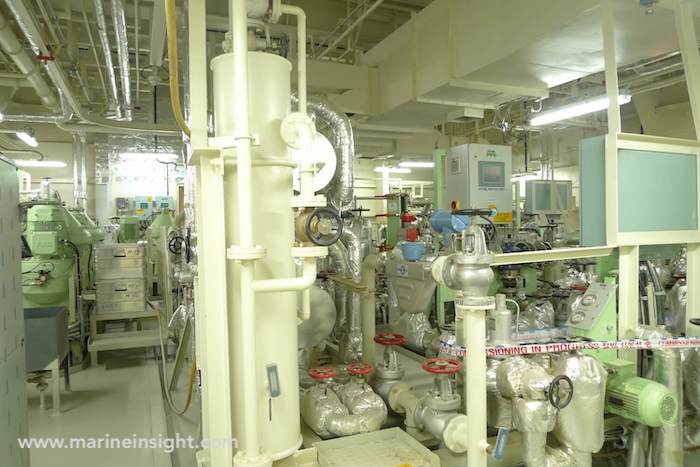
Calculated Carbon Aromaticity Index (CCAI):
The Calculated Carbon Aromaticity Index (CCAI) is a calculation based on the density and viscosity of a given fuel. As per the formula, the CCAI number is inversely proportional to efficient combustion. This means that higher the CCAI number, the more inferior the ignition quality of the fuel. CCAI helps in getting the ignition delay of the fuel and is used only for the residual fuel such as HFO. The maximum acceptable valve for HFO CCAI is 870.
Flashpoint:
The temperature at which the vapour of the heated fuel ignites is known as the fuel’s flash point. This is done under specified test conditions, using a test flame. As per SOLAS, The flashpoint for all heavy fuel oil to be used onboard vessels is set at Pensky–Martens closed- cup 60°C minimum.
Pour point:
The pour point is the temperature below which the fuel ceases to flow. Once the fuel oil temperature goes below the pour point, it forms wax which can lead to blockage of the filter. The wax formation will also build upon tank bottoms and heating coils, leading to a reduction in heat exchanging capabilities.
Sulphur:
Sulphur in the fuel is one of the main factors for sulphur oxide pollution from ships – a pollutant which is currently under major scrutiny. As per MARPOL, the current sulphur value for HFO are:
- 3.50% m/m on and after 1 January 2012
- 0.50% m/m on and after 1 January 2020
Related Read: A Guide To Marine Gas Oil and LSFO Used On Ships
Water content:
Water in fuel leads to a decrease in the efficiency of fuel oil and leads to energy loss. Heavy fuel oil mixed with water, if burnt, will lead to corrosion of internal parts.
Carbon residue:
A lab test of fuel can determine the carbon residue in the heavy fuel oil. The fuel tends to form carbon deposits on the surface of different parts involved in the combustion chamber under a high-temperature condition. More the amount of hydrocarbons, more difficult to burn the fuel efficiently.
Ash:
The amount of inorganic materials present in the fuel which remain as residue once the combustion process is over is called ash deposits. These deposits mainly consist of elements such as vanadium, sulphur, nickel, sodium, silicon, aluminium etc., which are already present in the fuel. The maximum limit of ash content in the fuel is 0.2% m/m.
Problems Of Burning HFO:
1. Water in Fuel: Water in fuel creates issues such as a decrease in heat transfer rate, loss in efficiency and wear of cylinder liner surface etc. Water can mix with fuel oil in different ways such as change of temperature leading to condensation, leaking steam pipe inside the fuel oil tank, improper storage of fuel oil (open sounding pipe) etc.
Related Read: 13 Malpractices In Bunkering Operations Seafarers Should Be Aware Of
2. Sludge formation: A ship needs to carry heavy fuel oil in abundance to ensure a continuous supply of fuel to engines and boilers during the long voyage. The heavy fuel oil is stored in the ship’s bunker tanks. Storage of such a large quantity of fuel leads to sludge formation which involves a thick layer on the bottom surface of the tanks. The sludge also sticks on the heat transfer surface of the steam pipes.
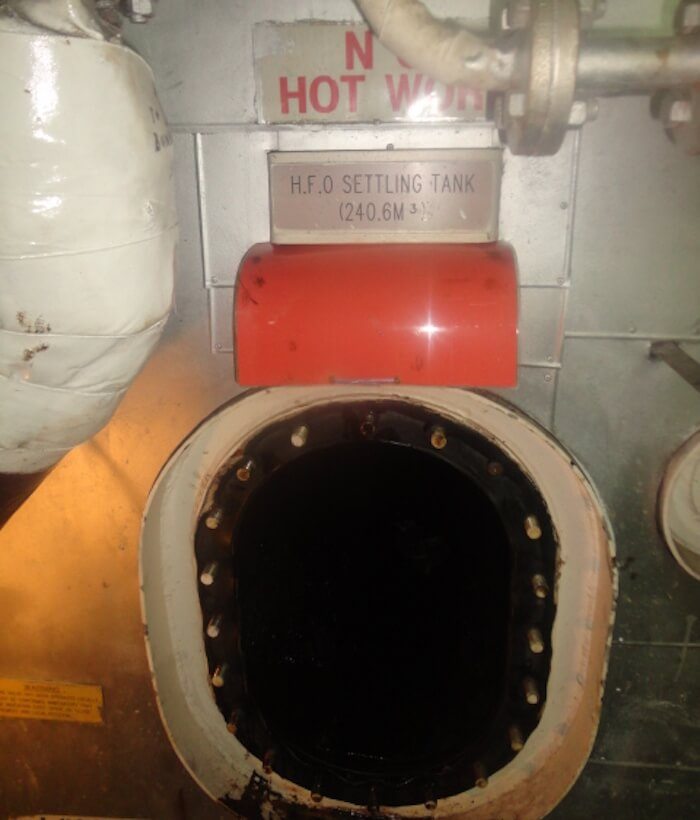
3. Pumpability: Many times, if the heating system of the bunker tanks fails or face a problem, it becomes difficult for the ship’s staff to pump the heavy fuel oil from bunker to settling tank due to the high viscosity of the oil. If the heavy fuel oil is of inferior quality, it will choke the filter frequently, increasing the workload of the ship staff onboard ship.
4. Mixing of different grades: Two different grades of heavy oils when mixed together in ship’s storage tanks can lead to stability problems. The number of bunker tanks on ships is limited, and when receiving fuel of different grades, it is a challenge for ship’s officer to store different grades of oils in separate tanks.
5. Combustion: The combustion of heavy fuel oil remains an issue with the ship operator as the oil need to be heated to bring the viscosity below 20cst for achieving proper atomization. If there is an issue in the heating and pumping system, the atomisation will be affected, leading to carbon deposits on the piston and liner surfaces.
6. Abrasion: The heavy fuel oil contains deposits such as vanadium, sulphur, nickel, sodium, silicon etc. which are difficult to remove and have an abrasive effect on the liner and piston surfaces.
7. Corrosion: Elements such as vanadium and sulphur, which are present in the heavy fuel oil, leads to high temperature and low-temperature corrosion respectively.
Vanadium when comes in contact with sodium and sulphur during the combustion, forms a eutectic compound with a low melting point of 530°C.
This molten compound is highly corrosive and attacks the oxide layers on the steel liner and piston (which is used to protect the steel surface), leading to corrosion.
Sulphur is also present in the heavy grade fuel. When sulphur combines with oxygen to form sulphur dioxide or sulphur trioxide, it further reacts with moisture (which can be due to low load operation) to form vapours of sulphuric acid. When the metal temperature is below the dew point of acid, the vapours condense on the surface and cause low-temperature corrosion.
Related Read: Understanding Hot And Cold Corrosion In Marine Engines
8. Lube oil contamination: During the operation, the heavy fuel oil can always enter the lubrication system and contaminate the lubricating oil. It can be due to leakage through the stuffing box, leaking fuel pumps, or unburned HFO that remains on the cylinder walls and washes down into the sump.
What Are Treatment Methods of Marine Heavy Fuel Oil Used Onboard Ship?
It is impossible to use the heavy fuel oil directly from the bunker tank without treating it. There are different methods used on a ship to treat the fuel before using it for combustion. Some of the most used methods are:
1. Heating & Draining: The fuel delivered to the ship is stored in the bunker tank where it is heated by supplying steam to the coils installed in the bunker tanks. Heating is an essential process, which makes it an integral part of fuel oil treatment. The average temperature maintained for heavy fuel oil bunker tanks is around 40ºC. After transferring it to a settling tank, the fuel is further heated to ensure it is at an appropriate temperature to enter the separators. Once the fuel is transferred to the service tank from the separator, the oil temperature is >80ºC. The main intention is to ensure the smooth pumpability of the fuel oil at different processes and to separate the maximum quantity of water from fuel by draining the settling and service tanks and using purifiers.
2. Purifiers: For removal of water and sludge from the heavy grade oil, fuel oil purifiers are used. Depending upon the owner’s choice, either conventional or modern purifiers (computer driven fuel cleaning systems) can be installed on a ship. The oil flow remains continuous even during the sludge discharge process. Purification of heavy fuel oil is considered to be the most critical treatment process and is carried out on all commercial ships.
3. Filtration: Heating and purification process is used to separate water from the fuel. However, the solid impurities such as fine metal particles which can cause abrasion wear in the fuel system must also be removed. A fine filter is placed in the fuel oil supply line, which blocks the fine metal particles. These are full-flow units and the substance used inside the filters is usually natural, or synthetic fibrous woollen felt material.
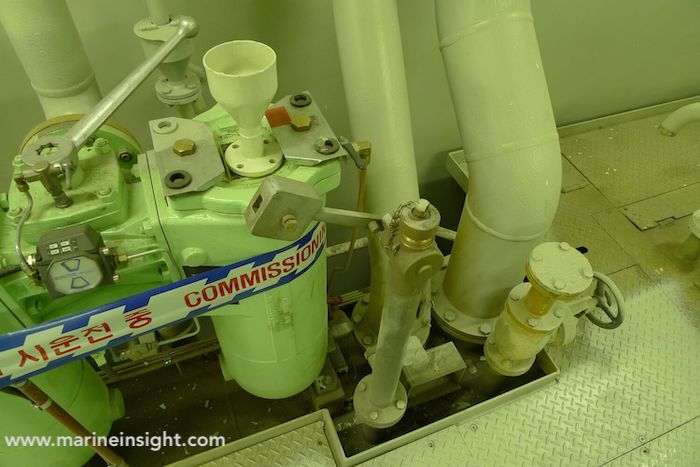
4. Chemical treatment: Just like the automotive industry where fuel additives are popular, the maritime industry also uses chemicals in fuels for different jobs; However, this process is not much popular. The main types of residual fuel additives for marine heavy fuel oil are:
• pre-combustion additives such as demulsifiers, dispersants
• combustion improvers
• ash modifiers
Disclaimer: The authors’ views expressed in this article do not necessarily reflect the views of Marine Insight. Data and charts, if used, in the article have been sourced from available information and have not been authenticated by any statutory authority. The author and Marine Insight do not claim it to be accurate nor accept any responsibility for the same. The views constitute only the opinions and do not constitute any guidelines or recommendation on any course of action to be followed by the reader.
The article or images cannot be reproduced, copied, shared or used in any form without the permission of the author and Marine Insight.
Do you have info to share with us ? Suggest a correction

About Author
An ardent sailor and a techie, Anish Wankhede has voyaged on a number of ships as a marine engineer officer. He loves multitasking, networking, and troubleshooting. He is the one behind the unique creativity and aesthetics at Marine Insight.
Latest Marine Technology Articles You Would Like:
- 10 Harmful Effects Of Impure Air On Ship’s Machinery
- 10 Important Things to Check While Starting Fuel Oil Purifier on Ships
- 10 Noteworthy LNG-Powered Vessels
- 10 Points for Efficient Turbocharger Operation On Ships
- 10 Practical Tips to Handle Engine Room Pumps
- 10 Precautions to Take Before Operating Controllable Pitch Propeller (CPP) on Ships
Subscribe To Our Newsletters
By subscribing, you agree to our Privacy Policy and may receive occasional deal communications; you can unsubscribe anytime.
Web Stories



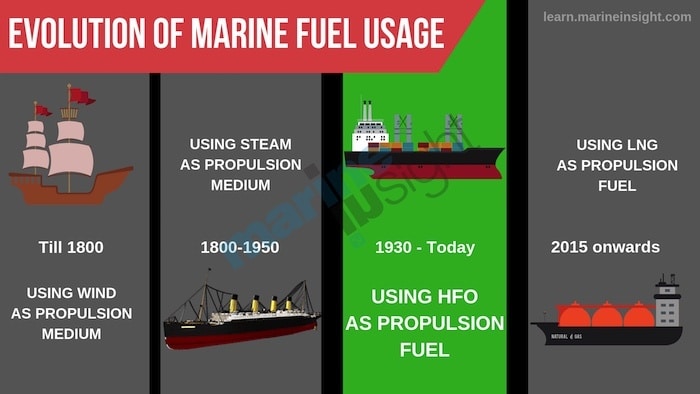
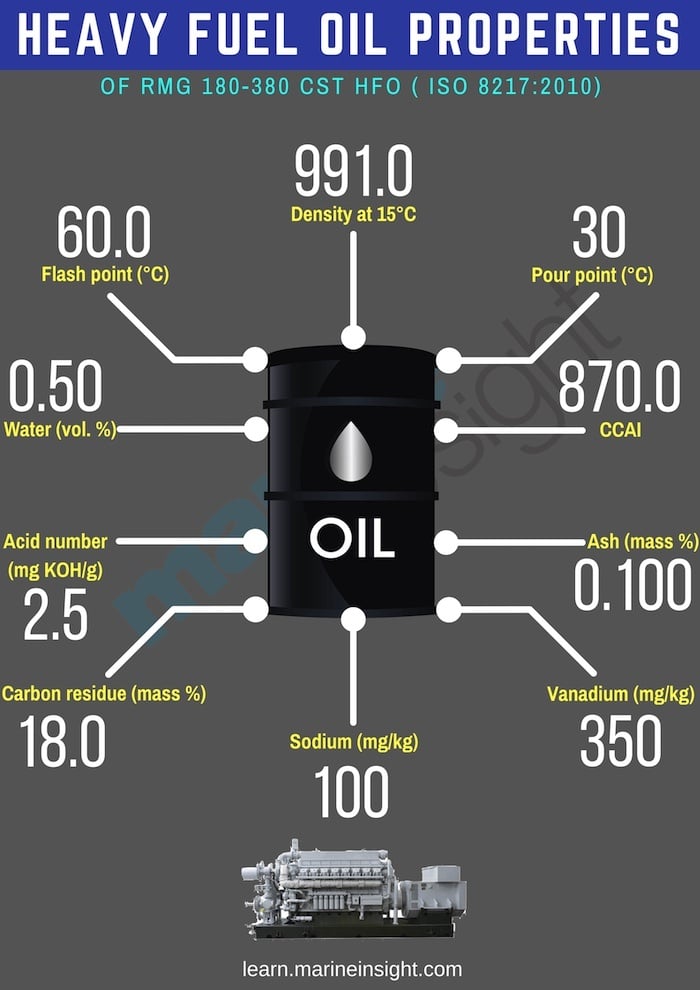
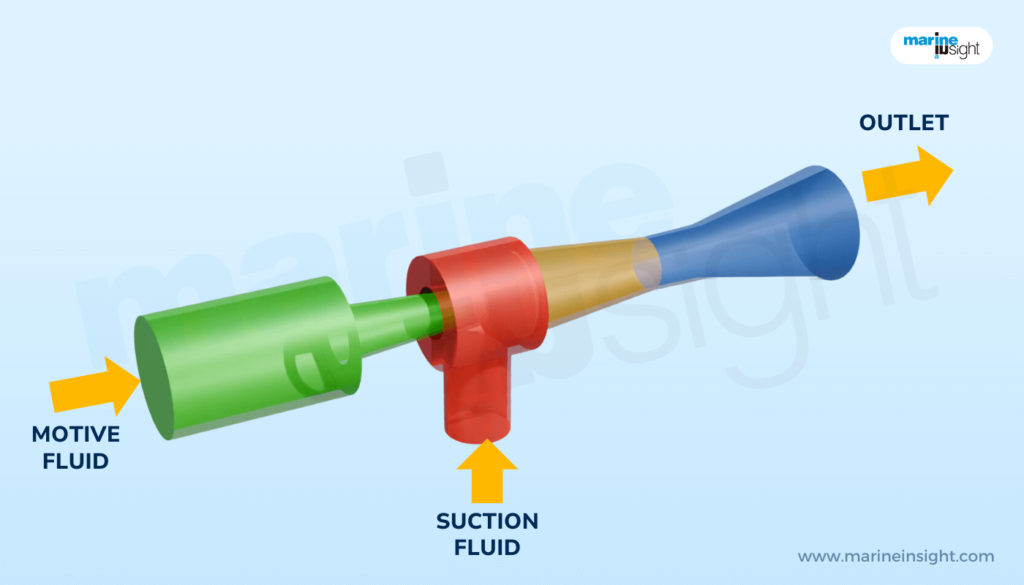
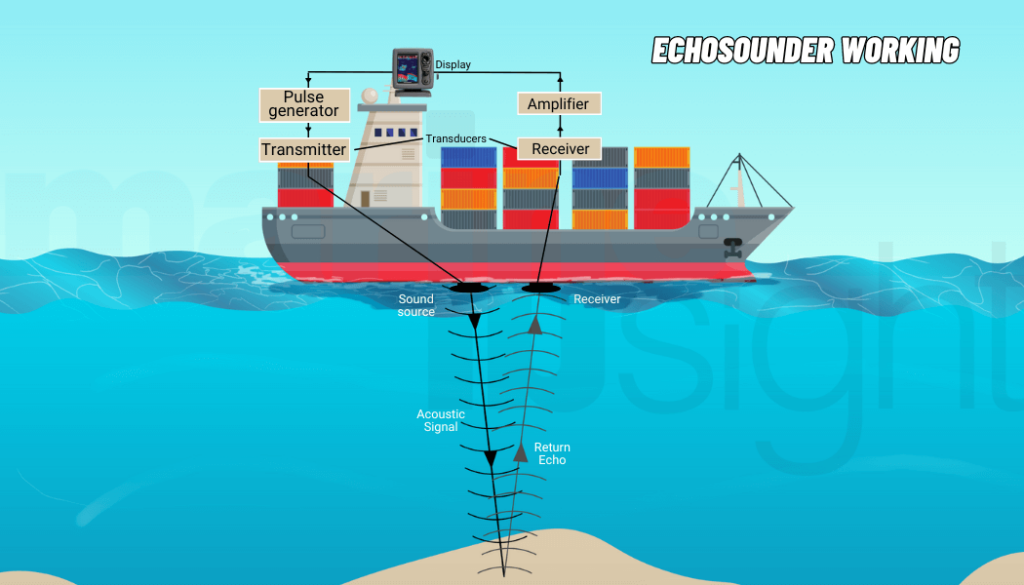
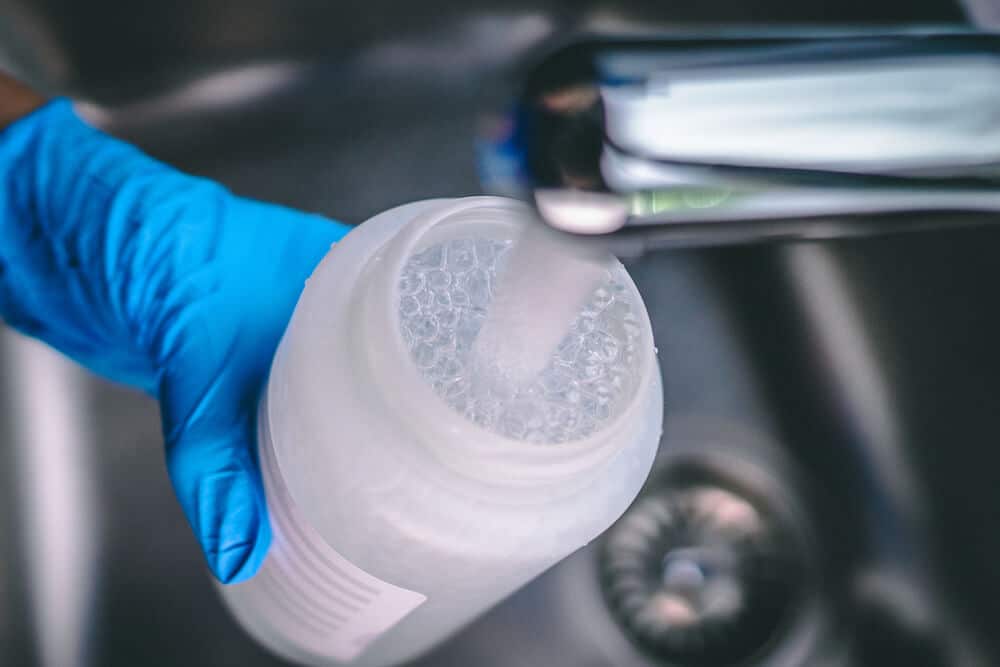
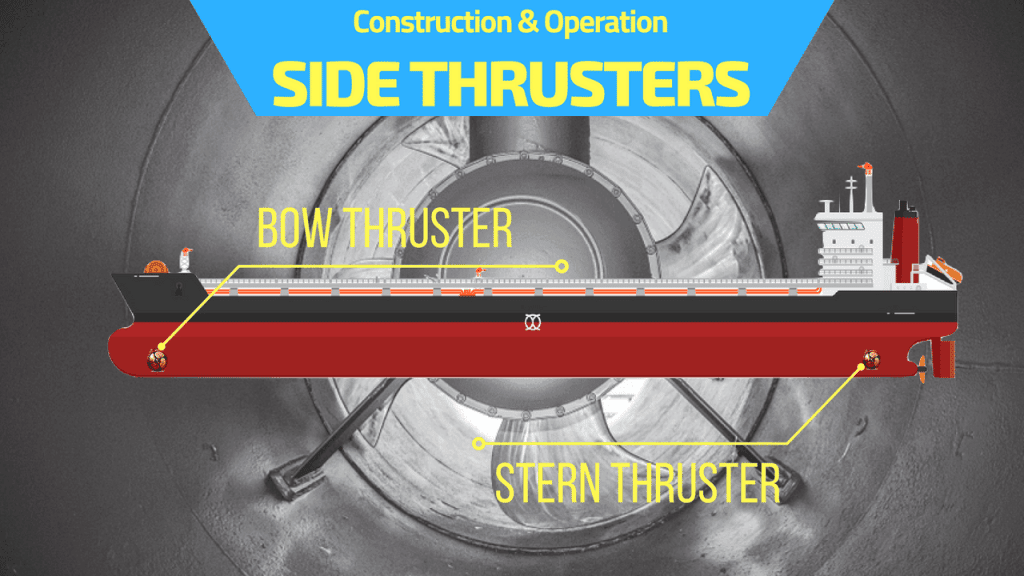
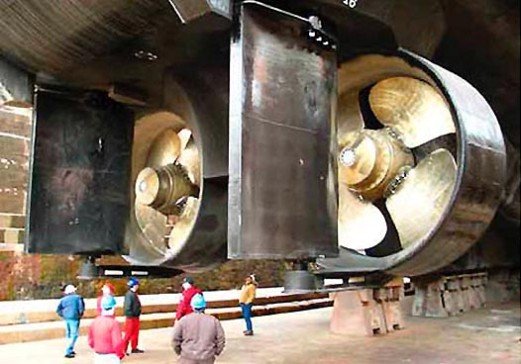
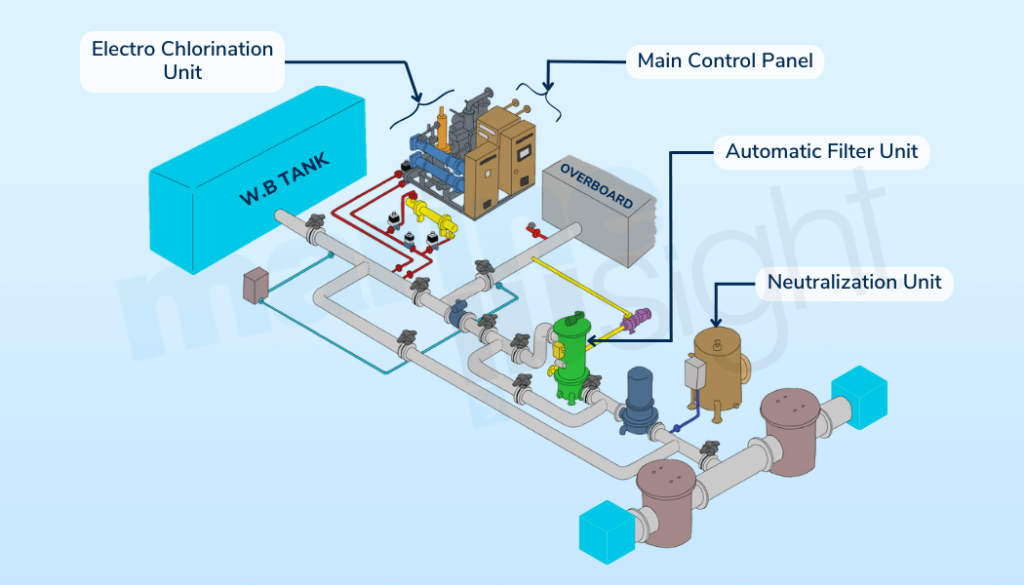
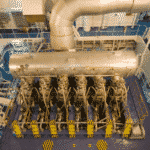

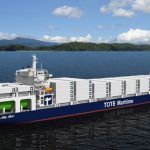




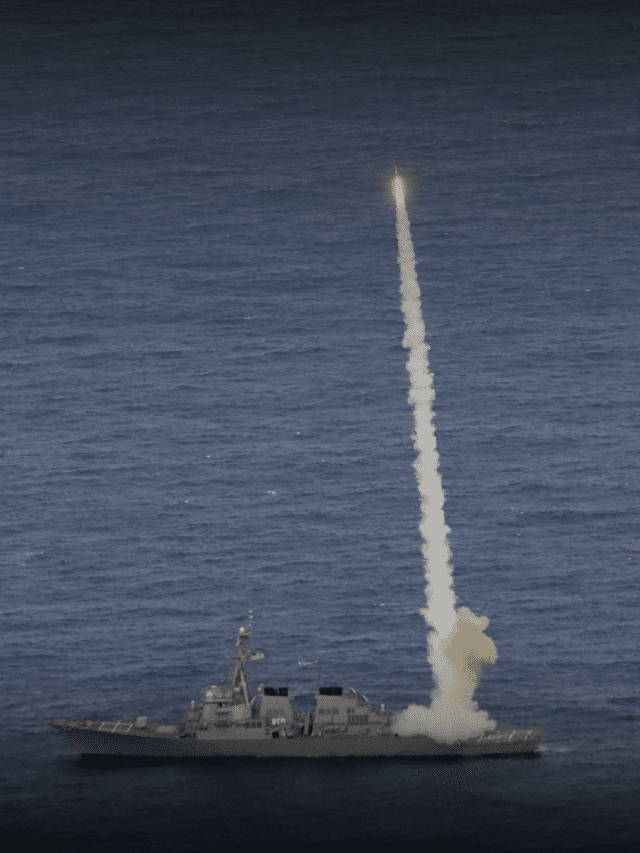

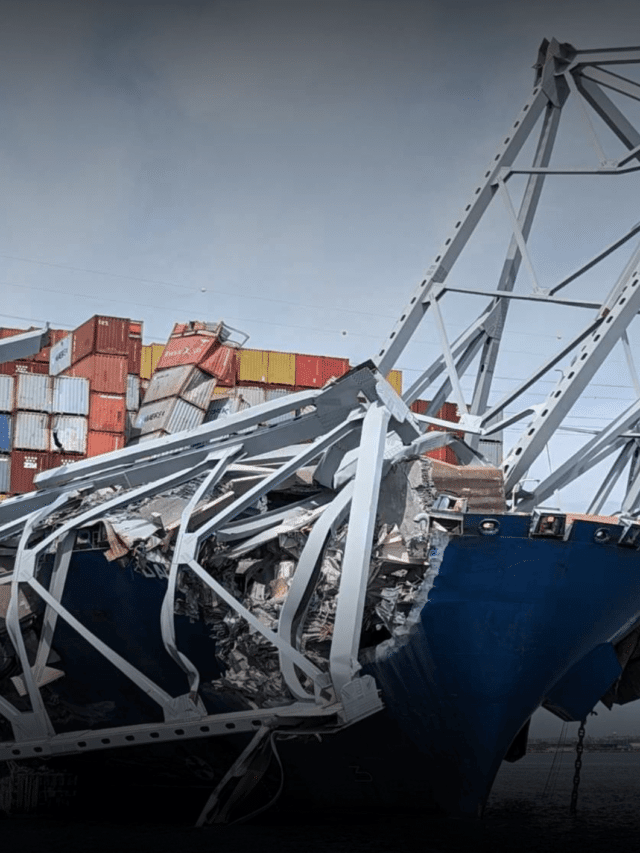


Dear sir,
Is there a relation between viscosity and pour point of heavy fuel oil.
How to calculate density of fuel oil service tank from.fuel oil setting tank (settling tank density given)
The article has been well written and explained.
Many thanks
Hi, please advise proper FO temperature in Sett tank. Thanks.
The proper fuel oil temperature in the settling tank of a cargo ship is typically around 50-60 degrees Celsius (122-140 degrees Fahrenheit). for optimal settling process. However, it is worth noting that the optimal temperature can vary depending on the type of fuel oil being used and the specific settling tank design